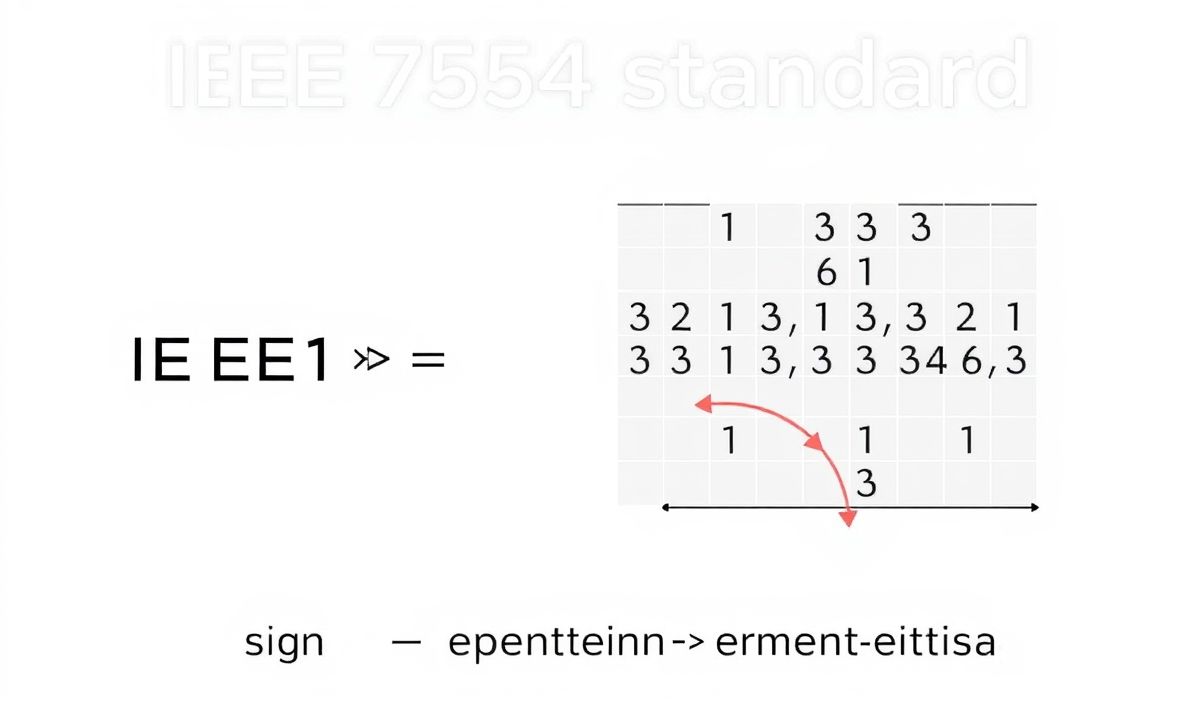Introduction to IEEE 754 Floating Point Standard
The IEEE 754 standard is a technical standard for floating-point arithmetic, established by the Institute of Electrical and Electronics Engineers (IEEE). This standard is widely used in computer systems for performing arithmetic computations over a wide range of values. The IEEE 754 standard includes formats for floating-point representation and methods for executing arithmetic operations reliably and consistently.
Understanding the IEEE 754 Format
Floating-point numbers in IEEE 754 are represented in a sign-exponent-mantissa format. Here, the first bit represents the sign, the next bits represent the exponent, and the remaining bits are used for the mantissa (or fraction).
For instance:
Sign | Exponent | Mantissa 0 10000011 01000000000000000000000 // Represents +19.0 Commonly Used IEEE 754 APIs
1. Checking if a Number is Finite
In many programming languages, you can check if a number is finite using the isfinite function.
# Python Example import math print(math.isfinite(1.0)) # Output: True 2. Checking for Not-a-Number (NaN)
The isnan function checks if a value is NaN.
# JavaScript Example console.log(Number.isNaN(NaN)); // Output: true 3. Checking for Infinity
The isinf function checks if a value is positive or negative infinity.
# C Example #include #include
int main() {
printf("%d\n", isinf(INFINITY)); // Output: 1
return 0;
} Application Example Using IEEE 754 APIs
Let’s create an application that safeguards our computations from errors by leveraging the IEEE 754 APIs for checking finite numbers, NaN, and infinity.
# Python Application Example import math
def safe_division(num, den):
if not math.isfinite(num) or not math.isfinite(den):
return 'Inputs should be finite numbers'
if den == 0:
return 'Division by zero is not allowed'
return num / den
print(safe_division(10.0, 2.0)) # Output: 5.0 print(safe_division(1.0, 0.0)) # Output: Division by zero is not allowed print(safe_division(math.inf, 1.0)) # Output: Inputs should be finite numbers This example demonstrates the practical use of IEEE 754 APIs in ensuring the integrity and reliability of computational operations.
IEEE 754 plays a critical role in making numerical computations more predictable and stable across various platforms. Understanding and using its capabilities can greatly enhance the reliability of your applications.
Hash: aa816f1c7e7ddb2f94860e6c604ef90f9fb7c0810425626ab3a33116d21aec4d




